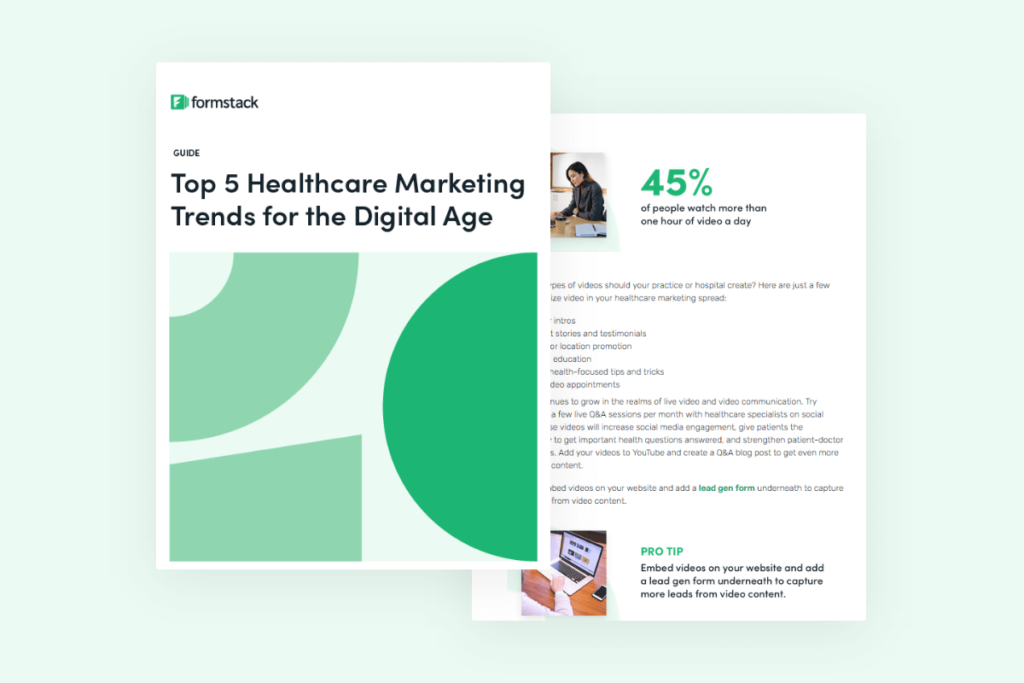As the healthcare industry in Vietnam continues to evolve, branding plays a crucial role in shaping the perception and success of healthcare organizations. Staying up to date with the latest branding trends is essential for healthcare providers to effectively engage with patients, build trust, and establish a strong brand presence. In this article, we will explore the top healthcare branding trends in Vietnam that are driving innovation and reshaping the healthcare landscape.
I. Personalization and Patient-Centric Approach:
Tailored Experiences: In today’s healthcare landscape, personalization is a key focus for healthcare brands. By tailoring experiences to individual patients, healthcare providers can meet their specific needs and preferences. This includes personalized communication, treatment plans, and healthcare services that take into account factors such as medical history, lifestyle, and personal goals. Personalized experiences enhance patient satisfaction, engagement, and outcomes, fostering a stronger patient-provider relationship.
Patient Engagement: Patient engagement is a fundamental aspect of a patient-centric approach. Healthcare brands are leveraging various tools and technologies to actively involve patients in their healthcare journey. Interactive platforms, patient portals, and digital tools empower patients to access their health information, schedule appointments, communicate with healthcare providers, and actively participate in decision-making. By promoting patient engagement, healthcare brands promote collaboration and shared decision-making, ultimately leading to better health outcomes.
II. Embracing Technology and Digitalization:
Telehealth and Virtual Care: The COVID-19 pandemic has propelled the adoption of telehealth and virtual care solutions. Healthcare brands are utilizing technology to provide remote consultations, virtual appointments, and online healthcare services. Telehealth enables patients to access care from the comfort of their homes, improving convenience, accessibility, and safety. Virtual care solutions also facilitate remote monitoring of patient health, allowing healthcare providers to proactively manage chronic conditions and enhance continuity of care.

Mobile Apps and Wearables: Healthcare brands are harnessing the power of mobile apps and wearable devices to enhance patient experience and engagement. Mobile apps provide patients with access to personalized healthcare information, appointment reminders, medication tracking, and health monitoring. Wearable devices, such as fitness trackers and smartwatches, enable patients to track their health metrics and share data with healthcare providers for better insights and proactive interventions. These digital tools empower patients to take an active role in managing their health and wellness.
III. Authentic and Transparent Communication:
Storytelling: Storytelling has become a powerful tool for healthcare brands to connect with patients on an emotional level. By sharing patient success stories, healthcare providers can inspire hope, demonstrate their expertise, and showcase the impact of their services. Authentic and relatable narratives create a sense of trust and empathy, helping patients feel understood and valued. Storytelling humanizes the healthcare experience, making it more personal and relatable.

Transparent Communication: Transparency is essential in building trust and credibility with patients. Healthcare brands are prioritizing transparent communication by providing clear and accessible information about their services, pricing, and quality measures. Transparent communication enables patients to make informed decisions, understand their healthcare options, and actively participate in their care. Open dialogue between healthcare providers and patients promotes trust, strengthens the patient-provider relationship, and fosters a positive healthcare experience.
IV. Sustainability and Social Responsibility:
Environmental Consciousness: Healthcare brands are increasingly adopting sustainable practices to minimize their environmental impact. This includes implementing energy-efficient technologies, reducing waste and carbon emissions, and promoting recycling and responsible resource usage. By prioritizing environmental consciousness, healthcare brands align with the growing global awareness of environmental issues and contribute to the well-being of both patients and the planet.

Community Involvement: Social responsibility is an integral part of healthcare branding. Healthcare brands are actively engaging with the community by participating in health awareness campaigns, supporting charitable initiatives, and addressing healthcare disparities. By investing in community involvement, healthcare brands demonstrate their commitment to the well-being of the communities they serve. Engaging with the community builds trust, strengthens brand reputation, and fosters a positive societal impact.
In conclusion, in an ever-evolving healthcare landscape in Vietnam, staying abreast of the latest branding trends is essential for healthcare organizations to remain competitive and effectively connect with patients. By embracing personalization, leveraging technology, prioritizing transparent communication, and demonstrating social responsibility, healthcare brands can build strong connections, foster patient loyalty, and position themselves as leaders in the industry.
Here are the key takeaways:
- Personalization and a patient-centric approach are key trends in healthcare branding.
- Embracing technology and digitalization enhances patient experiences.
- Authentic and transparent communication builds trust and credibility.
- Sustainability and social responsibility are important considerations for healthcare brands.
Contact us today to discuss how we can help you stay ahead in healthcare branding!

Leave a Reply